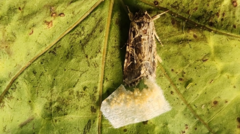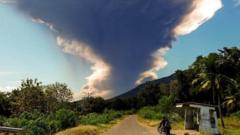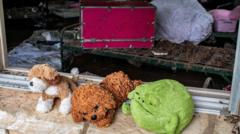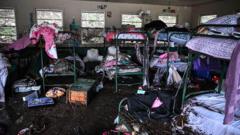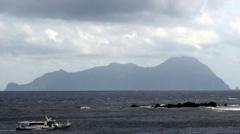Scientists are diving deep into the volcanic activity below Santorini, investigating the risks and preparing for future eruptions.
Could Santorini's Past Eruption Reoccur? Exploring the Risks Beneath the Surface
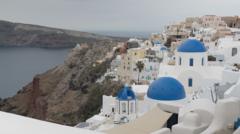
Could Santorini's Past Eruption Reoccur? Exploring the Risks Beneath the Surface
The idyllic Greek island of Santorini faces potential volcanic dangers lurking beneath its charming facade.
Beneath the stunning beauty of Santorini lies a geological threat that could put the island's future at risk. Following a series of recent earthquakes, which forced nearly half of the island’s 11,000 residents to evacuate, scientists have embarked on a vital mission to unveil the hidden dangers posed by the underwater volcanoes that formed this iconic destination. The research is being conducted aboard the British royal research vessel RRS Discovery, as experts seek to understand when the next major eruption might occur.
The last significant volcanic eruption on Santorini dates back to 1950, but ongoing seismic activity has raised alarm bells among researchers. Leading the scientific efforts is Professor Isobel Yeo, a specialist in submarine volcanoes, who emphasizes the importance of monitoring these often-overlooked geological threats. “Underwater volcanoes can result in massive, destructive eruptions,” she warns. The mission not only aims to assess the immediate risks but also to help predict future seismic unrest, as magma continues to accumulate in the volcanic chambers beneath the island.
Recent events, such as the Hunga Tunga eruption in 2022—which caused shockwaves and tsunamis across the Pacific—reflect the seriousness of this issue. The team of scientists aboard the Discovery is dedicated to gathering crucial data about Santorini’s volcanic system, even as they face the challenges presented by the complex underwater environment.
Key components of the research involve using a remotely operated vehicle to explore hydrothermal vents at a depth of 300 meters. "These vents reveal hidden geological activity that could relate to volcanic eruptions," Professor Yeo states. Understanding how sea water and magma interact is vital for assessing volcanic threats.
As the expedition undertakes its work in the Santorini caldera and beyond, it is actively collaborating with Greece's Civil Protection Agency to develop comprehensive geohazard maps. “This research is essential for informing the local population about volcanic activity and creating safe zones during potential eruptions,” says Professor Paraskevi Nomikou, a geologist and local resident.
The recent tremors have not only raised scientific queries but have also taken a toll on the local economy reliant on tourism. Residents, such as photographer Eva Rendl, express concerns about lost business due to declining visitor numbers driven by the perceived risks. "People are now hesitant about booking," she laments.
Despite these apprehensions, tourists continue to visit Santorini, with some even drawn to the volcano itself. Newlyweds Tom and Kristina are among those who traveled to the island to embrace the unique experience. “We actually wanted to get married by a volcano,” they shared.
In the wake of natural threats, experts emphasize the need for constant monitoring and transparent communication to ensure that both locals and visitors feel safe in this breathtaking yet vulnerable environment. Science, they assert, is not just for the sake of knowledge—it is also for the people who call Santorini home.



